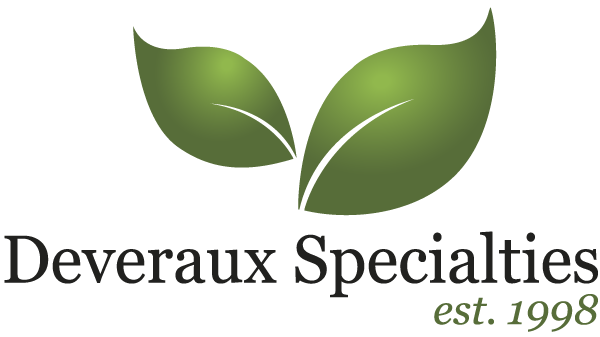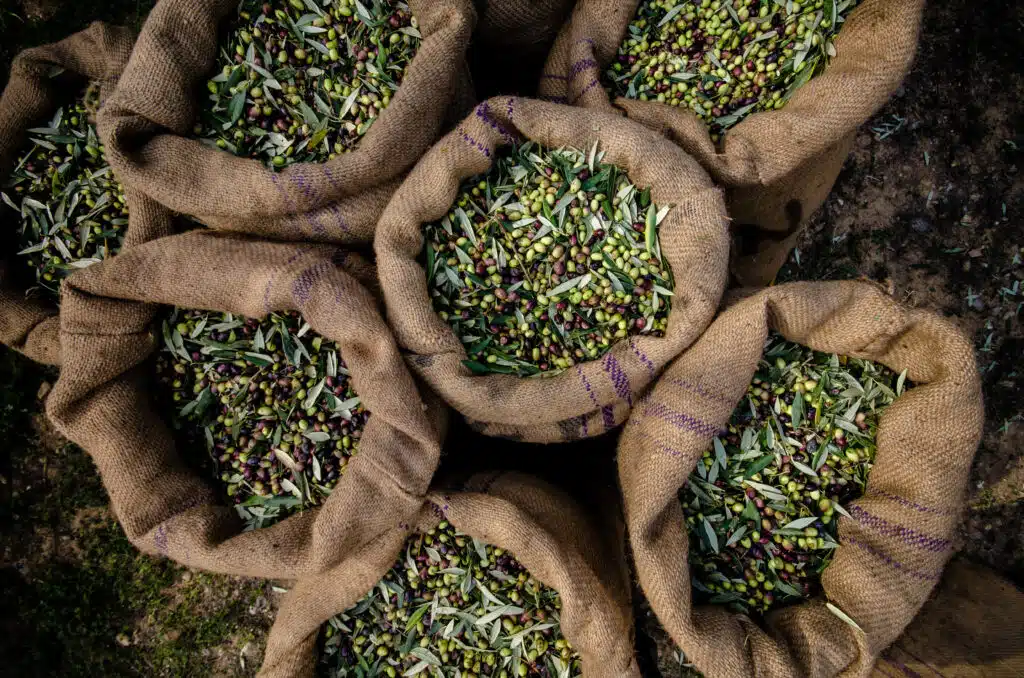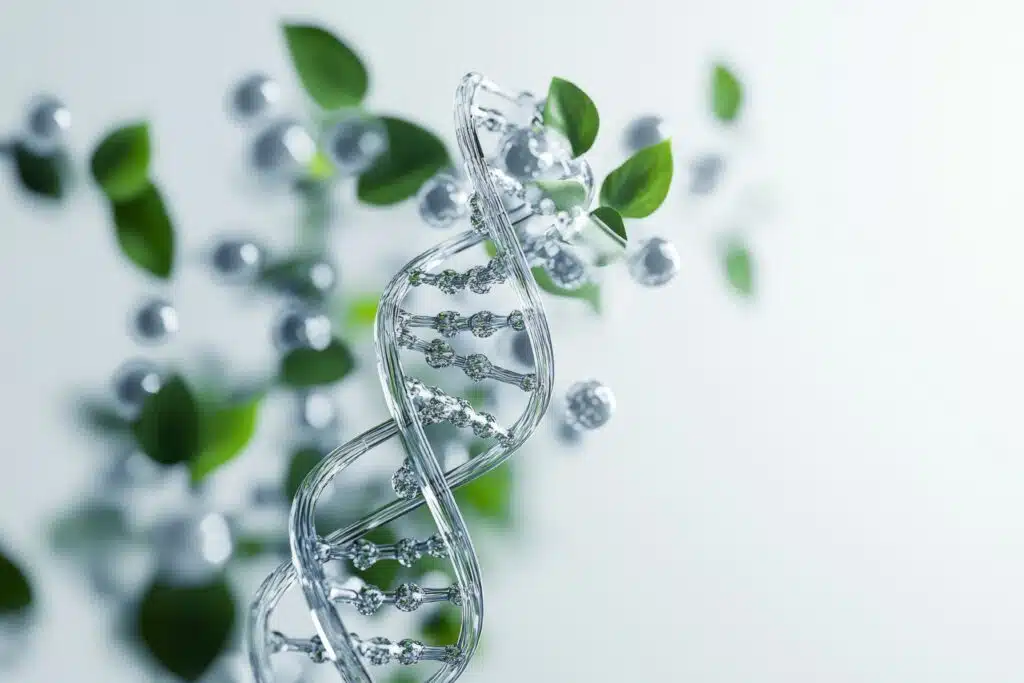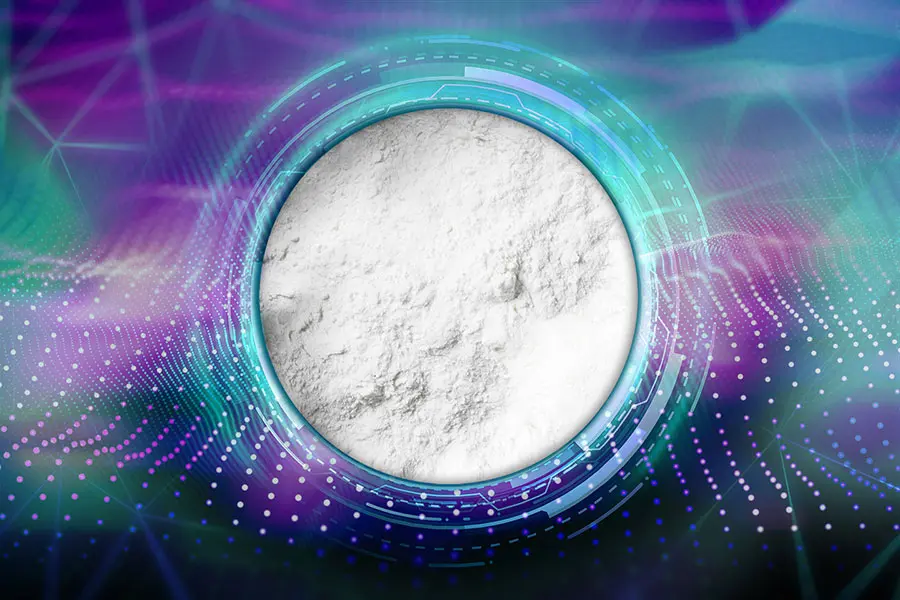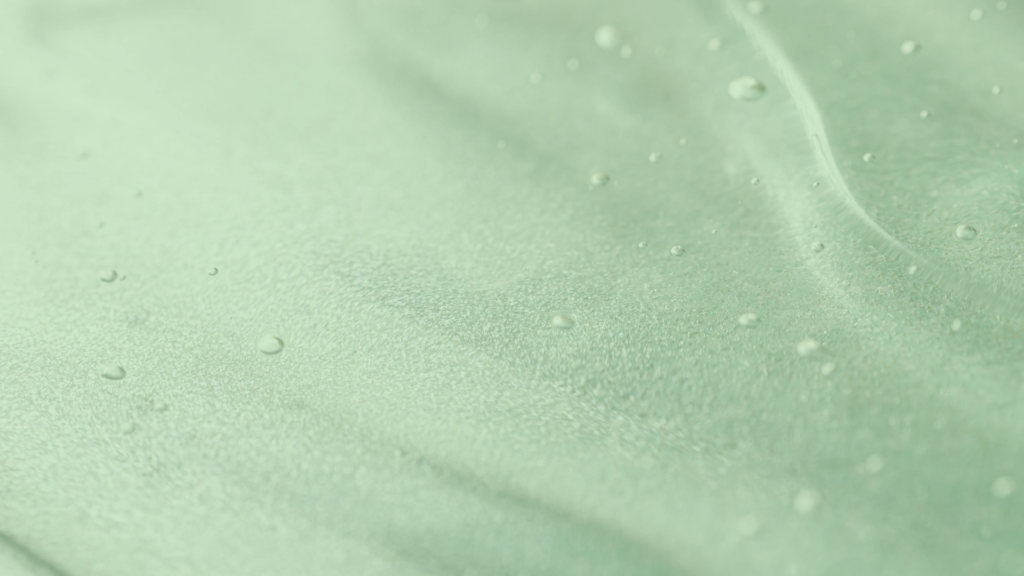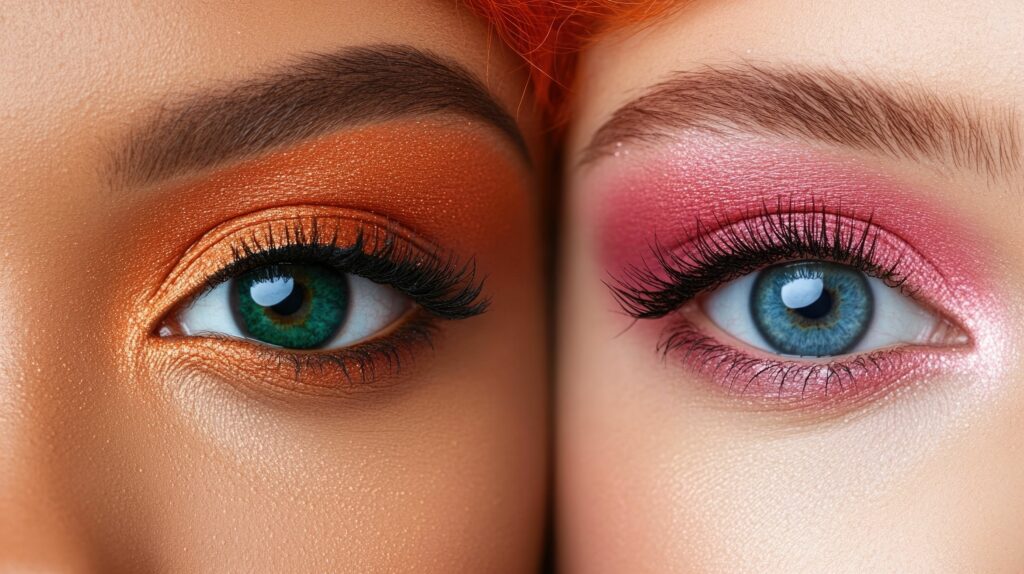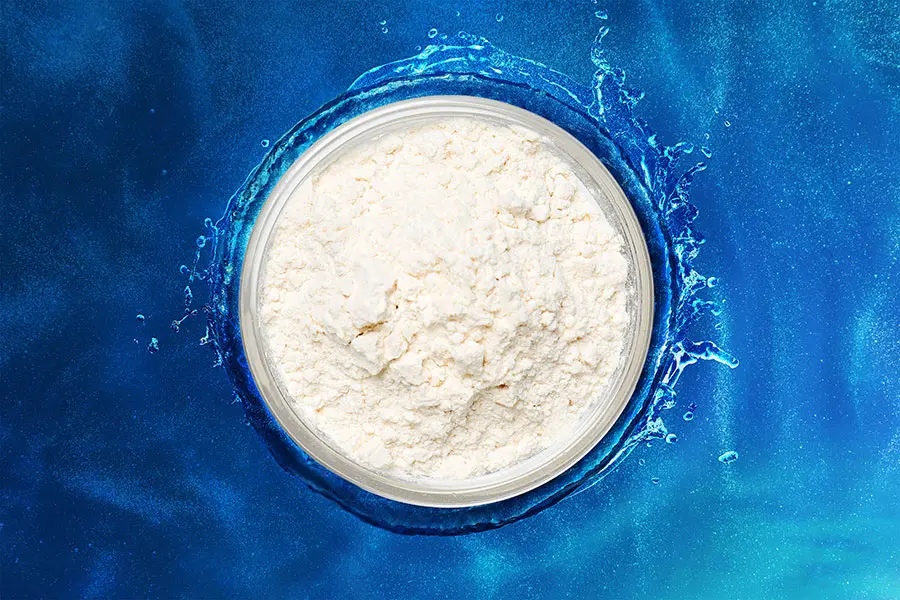Water-Conscious Beauty: A Sustainable Evolution in Cosmetics
When you think of beauty products, water likely comes to mind as a foundational ingredient. It’s present in everything from shampoos to creams, forming the base for many formulations. But as global water resources become increasingly strained, the beauty industry is being called to rethink its dependence on this essential resource. Today, the movement toward water-conscious beauty isn’t just a trend—it’s a necessity.
The Environmental Footprint of Water in Cosmetics
Water’s role in beauty production is vast, but its overuse has real consequences. The water footprint of the cosmetics industry is significant, not only in the direct use of water as an ingredient but also in its broader lifecycle impact, from production to consumer use. According to a study published in ScienceDirect, global water resources face increasing pressure due to a combination of over-extraction, pollution, and climate change. The beauty industry is a substantial contributor to this stress, with large volumes of water used not only in the manufacturing process but also in packaging and product use at home¹.
To put this into perspective, consider a simple beauty routine: the water used to create the product, combined with the water needed for application (like washing off a face mask), adds up to a much larger footprint than many realize. As pointed out by Le Bube, this cumulative water footprint highlights the importance of transitioning toward more sustainable alternatives².
Rethinking Water in Formulation
So how is the industry responding? One of the most innovative approaches is the development of water-free or water-conscious products. These formulations minimize or eliminate the use of water altogether, either by focusing on solid or oil-based alternatives or by introducing products that activate with minimal water during use.
Organizations like NATRUE advocate for a shift to water-free cosmetics as a viable solution. Their research shows that these formulations not only reduce the environmental impact but also offer benefits like extended shelf life and increased concentration of active ingredients³. This water-free approach redefines sustainability in beauty, emphasizing the importance of preserving freshwater resources.
Beyond the Lab: The Broader Impact
Reducing water consumption in cosmetics isn’t just about formulation. It extends to packaging, processing, and consumer behavior. For example, brands are investing in sustainable packaging solutions that limit the water used in manufacturing materials. Moreover, encouraging consumers to be mindful of water usage during product application—such as using dry shampoos or oil cleansers—adds another layer to the industry’s efforts toward water conservation.
Waterless Life Cycle
A Call to Action for the Future
As the beauty industry continues to evolve, the push for water-conscious solutions is likely to intensify. Companies and consumers alike are being challenged to reconsider the water footprint of their products and habits. The future of beauty may very well hinge on how the industry adapts to these environmental demands.
At Deveraux Specialties, we are committed to driving this change, offering ingredient solutions that prioritize sustainability without sacrificing performance. As we continue to innovate, we remain focused on reducing our water footprint and promoting a future where beauty thrives in harmony with the planet.
